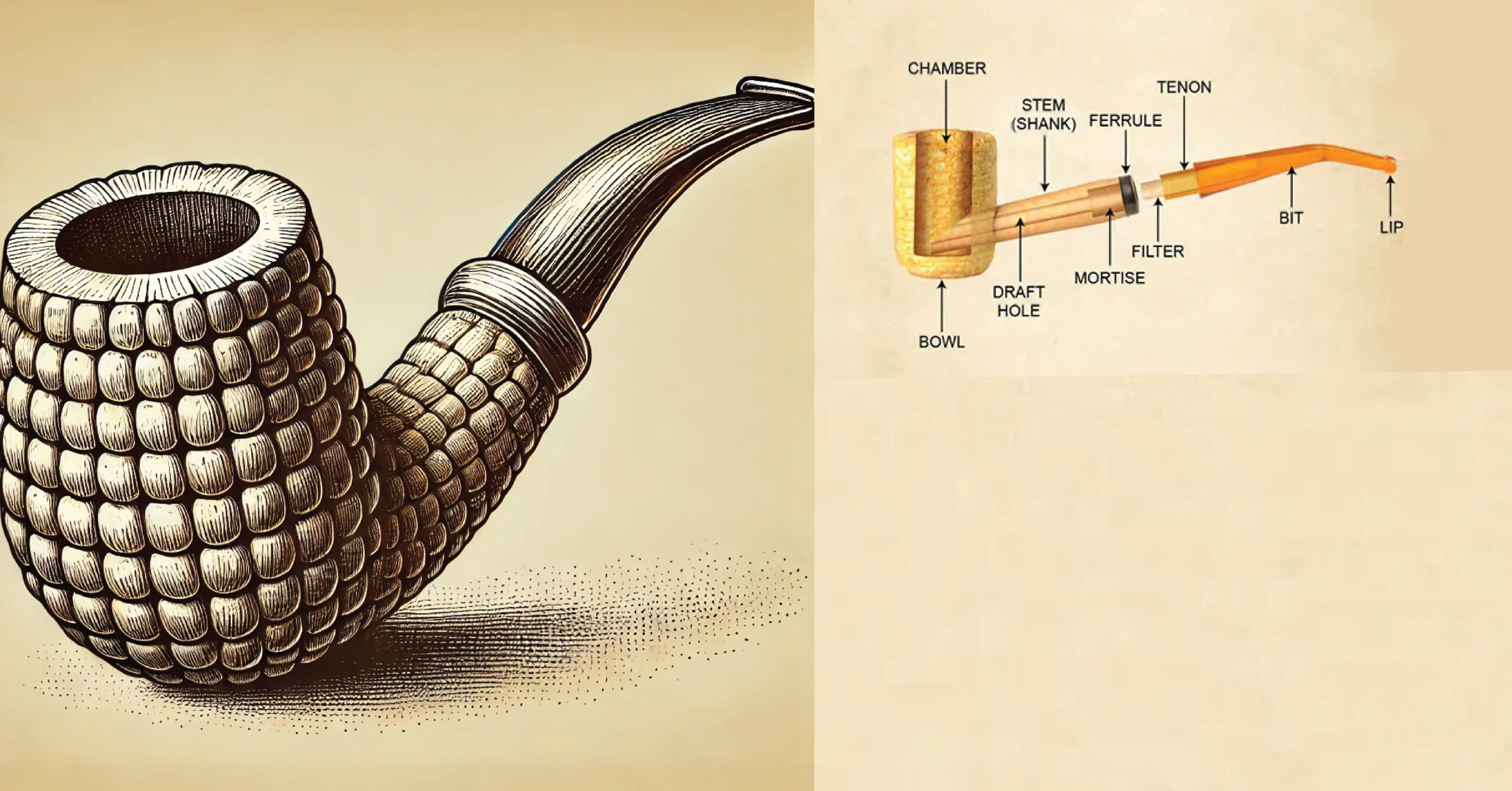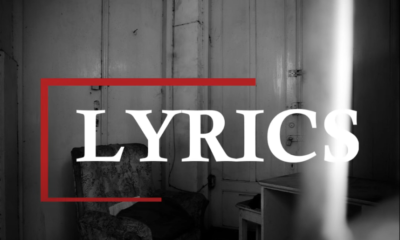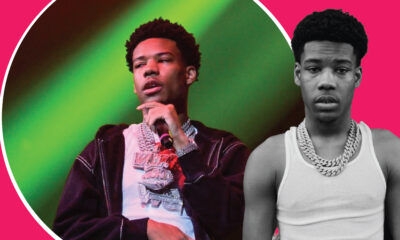Fitness
google images huckleberry finn illustrations corncob [pipe: A Detailed Exploration

- /home/u433845138/domains/buzzark.co.uk/public_html/wp-content/plugins/mvp-social-buttons/mvp-social-buttons.php on line 27
https://buzzark.co.uk/wp-content/uploads/2024/09/Untitled-1-01-1000x600.jpg&description=google images huckleberry finn illustrations corncob [pipe: A Detailed Exploration', 'pinterestShare', 'width=750,height=350'); return false;" title="Pin This Post">
- Share
- Tweet /home/u433845138/domains/buzzark.co.uk/public_html/wp-content/plugins/mvp-social-buttons/mvp-social-buttons.php on line 72
https://buzzark.co.uk/wp-content/uploads/2024/09/Untitled-1-01-1000x600.jpg&description=google images huckleberry finn illustrations corncob [pipe: A Detailed Exploration', 'pinterestShare', 'width=750,height=350'); return false;" title="Pin This Post">
The Adventures of Huckleberry Finn is not only a text-rich narrative but also a treasure trove of visuals, thanks to the countless illustrations that have accompanied the book since its original publication. These illustrations, many of which can now be accessed through Google Images, have cemented the character of Huck in popular culture. Whether you search for “google images huckleberry finn illustrations corncob [pipe” or browse broader categories, you’ll encounter a wide range of artistic depictions that reflect varying interpretations of this American literary hero.
Illustrations have always played a crucial role in literature. They guide the reader’s imagination, offering a glimpse into the characters’ appearance, the setting, and even the emotional tone of scenes. Huck Finn, with his ragged clothes and corncob pipe, represents freedom, rebellion, and youthful independence. Over time, these characteristics have been emphasized in illustrations, helping readers connect with Huck on a deeper level.
In recent years, Google Images has become a key platform for accessing various artistic renditions of Huck Finn. By typing keywords like “google images huckleberry finn illustrations corncob [pipe,” scholars, students, and fans of the novel can explore how artists across different eras have depicted this beloved character.
The Significance of Huck Finn’s Corncob Pipe
One of the most enduring symbols associated with Huck Finn in illustrations is his corncob pipe. This simple object has come to represent more than just a smoking tool; it symbolizes Huck’s rugged individuality, his separation from societal norms, and his connection to the rural, untamed American landscape.
The corncob pipe is a traditional American smoking device, often associated with rural or rustic lifestyles. For Huck, a boy who spends most of his time escaping civilization, the pipe is a perfect visual representation of his personality. While some may argue that Huck’s age makes the pipe problematic, illustrators have used it to emphasize his connection to the wilderness and his maturity beyond his years.
When you search for “google images huckleberry finn illustrations corncob [pipe,” you’ll notice that almost every depiction of Huck includes this iconic accessory. It serves as a visual shorthand for Huck’s rebellious spirit and his rejection of conventional norms. Through the lens of Google Images, it becomes evident how Huck’s relationship with his pipe is a fundamental part of his visual identity.
Evolution of Huckleberry Finn Illustrations in Literature
The way Huck Finn has been illustrated has evolved dramatically since the book’s first publication. Early depictions often portrayed Huck as a ragged, yet innocent boy, with illustrators focusing on his youthful face and oversized clothes. However, as time passed, illustrations of Huck began to emphasize his role as an outcast and a rebel, with his corncob pipe becoming a more prominent feature.

In the early 20th century, illustrators like E.W. Kemble, who was the first to create illustrations for The Adventures of Huckleberry Finn, depicted Huck in a more innocent and playful manner. Kemble’s illustrations, which can now be viewed extensively on Google Images, laid the foundation for how Huck would be visually interpreted for decades. However, in the mid-20th century, artists like Norman Rockwell brought a more polished, sentimental touch to Huck’s image.
As society’s attitudes toward smoking changed, the corncob pipe in Huck’s illustrations sometimes became a contentious issue. Still, many illustrators chose to retain the pipe in their works, believing it to be an essential part of Huck’s character. Today, you can find both classic and modern representations of Huck with his pipe on Google Images, which allows viewers to explore the diverse ways in which Huck’s visual identity has been constructed.
Key Illustrators Who Defined Huck Finn’s Visual Identity
Over the years, several prominent illustrators have contributed to the iconic visual portrayal of Huck Finn. Each of these artists has brought their unique style to the character, but all have maintained the essential elements that make Huck Finn recognizable, such as his signature corncob pipe. Some of the most notable illustrators include:
- E.W. Kemble: The first illustrator for The Adventures of Huckleberry Finn. Kemble’s black-and-white illustrations laid the groundwork for how Huck and his world would be visualized. Kemble’s illustrations, available on Google Images, feature a youthful, playful Huck, often with his corncob pipe.
- Norman Rockwell: Known for his heartwarming and realistic depictions of American life, Rockwell illustrated Huck with a more polished, detailed approach. His illustrations can also be found on Google Images, and they offer a more sentimental view of Huck, often including his signature corncob pipe.
- Thomas Hart Benton: Benton brought a dynamic, almost cinematic style to his illustrations of Huck Finn. His work, available on Google Images, showcases a more adventurous Huck, often in the company of his corncob pipe, highlighting his rebellious spirit.
Each illustrator has contributed to shaping the visual narrative of Huck Finn, and thanks to platforms like Google Images, these contributions are easily accessible for comparison and study.
Role of Google Images in Accessing Classic and Contemporary Illustrations
In the digital age, platforms like Google Images have revolutionized the way we access and engage with illustrations of literary works. Before the advent of the internet, scholars and fans had to rely on physical copies of books or visit libraries to study the various illustrations of Huckleberry Finn. Now, with a simple search using keywords like “google images huckleberry finn illustrations corncob [pipe,” one can instantly access thousands of images from different eras and regions.
The ability to easily compare different illustrators’ works has opened up new opportunities for literary analysis. Google Images allows users to explore how the depiction of Huck Finn and his corncob pipe has evolved over time, providing insights into broader cultural shifts. For instance, by examining how the pipe has been portrayed in different eras, one can trace changes in societal attitudes toward smoking and rebellion.
Moreover, Google Images offers a wealth of contemporary fan art and modern interpretations of Huck Finn. These illustrations often reflect current artistic trends and social perspectives, making the platform a valuable resource for both historical and contemporary studies of Twain’s work.
Huck Finn and His Corncob Pipe: A Visual Analysis
When analyzing the various illustrations of Huck Finn available on Google Images, one recurring theme is the inclusion of Huck’s corncob pipe. This small yet significant accessory serves multiple purposes in the visual representation of Huck. In some illustrations, the pipe emphasizes Huck’s rugged, independent nature, while in others, it highlights his connection to the working-class rural South.

Artists often use the corncob pipe to underscore Huck’s role as a rebel and an outsider. In contrast to Tom Sawyer, who is often depicted as more refined and socially accepted, Huck’s pipe suggests a certain defiance of societal norms. This visual cue has made the pipe a crucial element in almost every illustration of Huck, particularly those found on Google Images.
Some artists take creative liberties with the pipe, using it as a symbol of Huck’s maturity or even as a metaphor for his journey toward self-discovery. On Google Images, you can find illustrations where the pipe is exaggerated in size or prominence, making it a focal point of the artwork. Such interpretations offer a deeper understanding of how the pipe is not just a physical object but a symbol of Huck’s complex character.
Corncob Pipes in American Culture and Literature
The corncob pipe holds a special place in American culture, particularly in rural and working-class communities. It has been a symbol of self-reliance, resourcefulness, and a connection to the land. In literature, the corncob pipe often represents a character’s down-to-earth nature and rejection of societal pretensions.
In the case of Huck Finn, the corncob pipe serves as a powerful visual marker of his identity. It aligns him with the rugged, untamed American frontier, setting him apart from the more civilized characters he encounters. Through the use of the pipe in illustrations, artists have been able to communicate Huck’s independence and rebellious spirit.
A search for “google images huckleberry finn illustrations corncob [pipe” yields numerous examples of how the pipe has been used to symbolize Huck’s connection to rural America. Whether depicted as a well-used tool or a casual accessory, the pipe reinforces the idea that Huck is a boy shaped by the natural world, free from the constraints of civilization.
Illustrative Techniques Over the Decades
The techniques used to illustrate Huckleberry Finn have evolved significantly over the past century. Early illustrations were often simple, black-and-white sketches designed to complement the text without overshadowing it. As printing technology improved, illustrators began to experiment with color, texture, and composition, creating more detailed and visually complex representations of Huck and his world.
On Google Images, you can find examples of both classic and modern illustration techniques. Early illustrators like E.W. Kemble used line drawing and shading to create a sense of depth and movement, while later artists like Norman Rockwell employed a more realistic, painterly style.
In more recent illustrations, digital techniques have become increasingly common. Artists use digital painting software to create highly detailed, vibrant depictions of Huck and his corncob pipe. These modern illustrations, accessible through Google Images, offer a new perspective on the character, blending traditional elements with contemporary artistic trends.
Impact of Illustrations on Readers’ Perception of Huck Finn
Illustrations play a critical role in shaping how readers perceive literary characters, and Huck Finn is no exception. Through visual representations, artists have the power to influence how readers interpret Huck’s personality, his relationships, and his role in the narrative. The inclusion of the corncob pipe in Huck’s illustrations is one such element that has significantly shaped readers’ understanding of his character.
For many readers, the corncob pipe has become an integral part of Huck’s identity. It symbolizes his rejection of societal expectations and his connection to the natural world. Illustrations that prominently feature the pipe reinforce this interpretation, allowing readers to connect with Huck on a deeper, more symbolic level.
Thanks to platforms like Google Images, readers can now explore a wide range of illustrations, each offering a different take on Huck and his world. This diversity of visual interpretations allows readers to form a more nuanced understanding of the character, influenced by both the text and the artwork.
Controversies and Discussions Surrounding Huck Finn Illustrations
The depiction of Huck Finn, particularly in relation to his corncob pipe, has not been without controversy. Some critics argue that illustrations featuring Huck with a pipe glorify smoking, especially considering Huck’s young age. Others believe that the pipe is an essential part of Huck’s character and that removing it would diminish his rebellious spirit.
On Google Images, you can find examples of both classic and modern illustrations that either retain or omit the pipe. This ongoing debate highlights the challenges artists face when interpreting a character as complex and beloved as Huck Finn. While some view the pipe as a problematic element, others see it as a symbol of Huck’s independence and defiance.
The discussions surrounding Huck’s illustrations reflect broader societal concerns about how children’s characters are portrayed in literature and art. Despite the controversies, the corncob pipe remains a key feature in many illustrations, as evidenced by the wealth of images available on Google Images.
How Google Images Has Revolutionized Art Access for Huck Finn Scholars
For scholars of Huckleberry Finn, Google Images has become an invaluable tool. In the past, studying the various illustrations of Huck Finn required access to rare books and specialized collections. Today, however, a simple search for “ggoogle images huckleberry finn illustrations corncob [pipe” allows scholars to instantly access thousands of images from different time periods and artistic styles.
This accessibility has opened up new avenues for research and analysis. Scholars can now compare different illustrators’ interpretations of Huck, exploring how elements like the corncob pipe have been used to convey different aspects of his character. Google Images also allows scholars to trace the evolution of Huck’s visual identity over time, offering insights into how societal attitudes have shaped the way he is depicted.
For fans of the novel, Google Images offers a chance to engage with the artwork in a more personal way. Whether you’re looking for a classic depiction of Huck or a modern reinterpretation, the platform provides a vast array of options, making it easier than ever to explore the visual legacy of this beloved character.
Conclusion: The Lasting Legacy of Huck Finn Illustrations
The illustrations of Huckleberry Finn, particularly those featuring his iconic corncob pipe, have played a significant role in shaping the way readers and scholars understand the character. From early black-and-white sketches to modern digital paintings, these illustrations offer a visual representation of Huck’s journey through the American landscape.
Thanks to platforms like Google Images, these illustrations are now more accessible than ever, allowing readers to explore the rich visual history of Huck Finn and his world. Whether you’re a scholar studying the evolution of Huck’s visual identity or a fan of the novel seeking to engage with its artwork, Google Images provides a valuable resource for discovering the many ways artists have interpreted this iconic character.
Details
| First Publication | 1884 (United States) |
| Main Character | Huckleberry Finn |
| Iconic Accessory | Corncob Pipe |
| Key Illustrator | E.W. Kemble |
| Other Notable Illustrators | Norman Rockwell, Thomas Hart Benton |
| Symbolism of Pipe | Rebellion, Independence, Connection to Nature |
| Evolution of Illustrations | From Black-and-White Sketches to Digital Art |
| Role of Google Images | Revolutionized access to diverse illustrations of Huck Finn |
| Cultural Impact | Shaped readers’ understanding of Huck’s character across generations |
Frequently Asked Questions (FAQs)
- Why is Huck Finn often depicted with a corncob pipe in illustrations?
The corncob pipe symbolizes Huck’s independence, rebellion, and connection to the natural, untamed American landscape. - What role does Google Images play in accessing Huckleberry Finn illustrations?
Google Images allows scholars and fans to access thousands of illustrations from different time periods and styles, making it easier to study Huck’s visual representation. - Who was the first illustrator of Huckleberry Finn?
E.W. Kemble was the first illustrator, creating black-and-white sketches that laid the foundation for Huck’s visual identity. - How have Huckleberry Finn illustrations evolved over time?
Illustrations have evolved from simple black-and-white sketches to more detailed and colorful depictions, with modern artists often using digital techniques. - What controversies surround the depiction of Huck Finn with a corncob pipe?
Some critics argue that depicting Huck with a pipe glorifies smoking, especially considering his young age, while others see the pipe as essential to his character. - Click Here for more amazing topic.

-

 Celebrity11 months ago
Celebrity11 months agoMichael C. Hall: Complex Journey of a Versatile Actor
-

 Business11 months ago
Business11 months agoUnderstanding Apostille UK: A Comprehensive Guide
-

 Technology11 months ago
Technology11 months agoThe Future of Video Marketing: Trends You Can’t Ignore
-

 Celebrity12 months ago
Celebrity12 months agoShane Urban Explained: Facts About Keith Urban’s Sibling
-

 Celebrity12 months ago
Celebrity12 months agoAnuel AA Height and Weight? Everything Age, Bio, Family, and More
-

 Celebrity12 months ago
Celebrity12 months agoWho is Heidi Berry Henderson? Everything About Halle Berry’s Sister
-

 Celebrity12 months ago
Celebrity12 months agoThe Life of Lorenzo Luaces: Lili Estefan’s Ex-Husband Explained
-

 Celebrity1 year ago
Celebrity1 year agoOtelia Cox, Bio Tony Cox’s Wife, Her Age, Height, and Life Journey
-

 Celebrity12 months ago
Celebrity12 months agoian cylenz lee: Bio, net worth, age, family and more Kandyse McClure’s husband
-

 Entertainment1 year ago
Entertainment1 year agoEverything About ‘Oche Oche Anasico’ Lyrics: Meaning, Origin & More
-

 Celebrity12 months ago
Celebrity12 months agoWho is Carolin Bacic? A Deep Dive into Steve Bacic’s Wife
-

 Celebrity12 months ago
Celebrity12 months agoDiscover Nardo Wick’s Age, Net Worth, Biography, Family, and More

